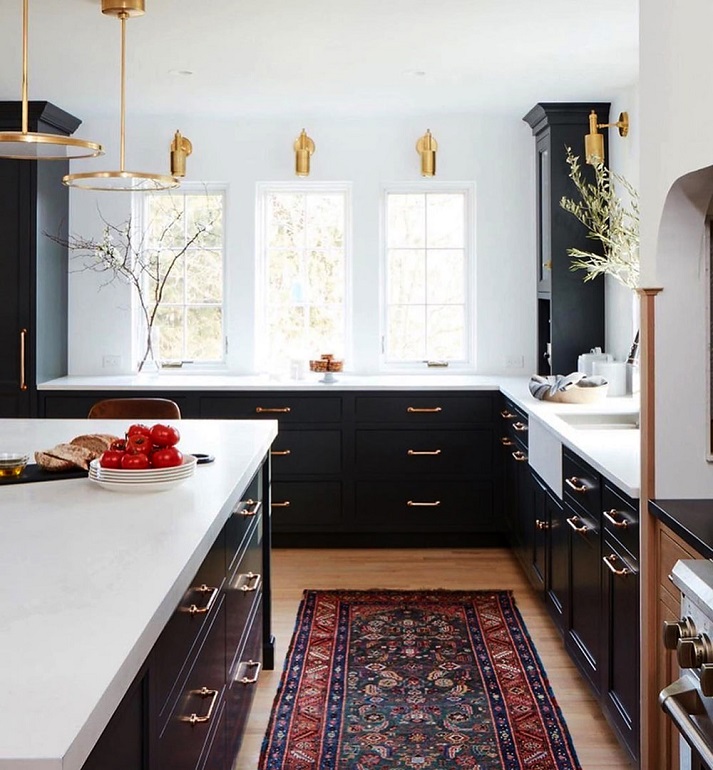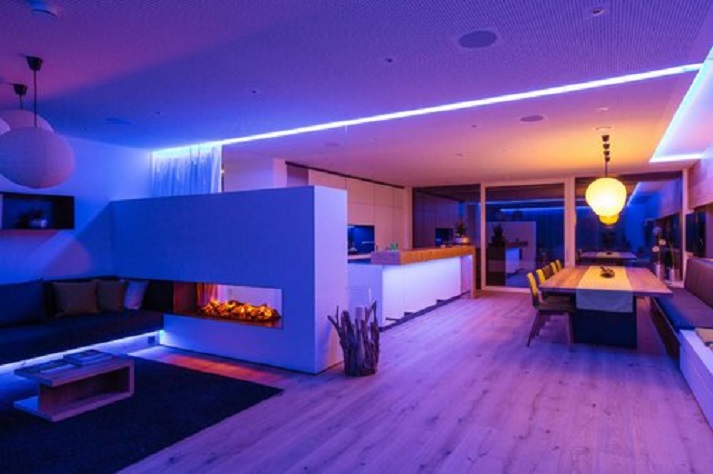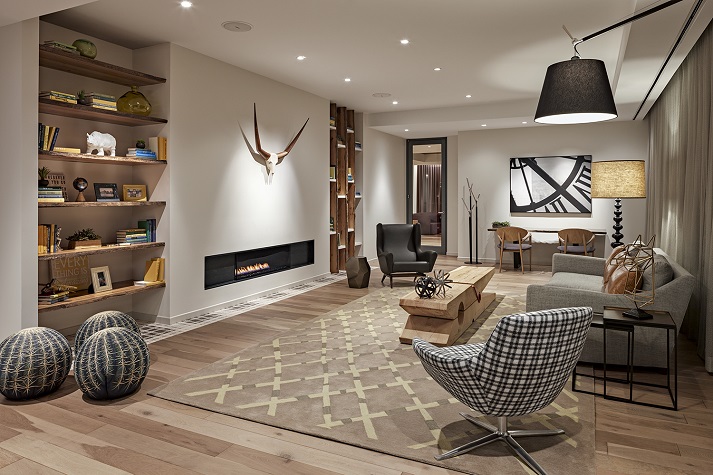
How to Light Up Your Home with Wall Lights
Lighting is a vital factor for your home, as it contributes to the overall appearance of the room and provides illumination for your tasks. Not surprisingly, there are many different types of lighting fixtures at the stores, among which chandeliers, ceiling lights, pendants which are all stylish examples of lights for walls.
The wall lights help you create a warm ambiance and a welcoming place that you can use any time of the day. They’re a practical addition that conserves space, creates atmosphere, and can be regulated via dimmer switches to define the mood of a room. They are often positioned to illuminate dark nooks and long narrow spaces or accent corridors within the home.
Check out these wall lighting fixtures and give your indoor walls a treat! They’re subtle, stylish, and fit into any type of living space, ranging from contemporary to traditional interior design. You can choose from a variety of designs and finishes that offer both practicality and aesthetic value.
Contents
Ambient, Task, or Accent Lighting?
When choosing wall lights, the first thing you need to consider is their purpose. Interior designers advise that the best way to light up a room is to include layering. This is done by including three basic types of lighting that serve different purposes when illuminating a room. These are known as ambient, accent, and task lighting.
Ambient Lighting

The goal of ambient lighting is to create a general illumination and add warmth to your home. This is the first layer that sets the tone for what your room will look like. It’s usually soft and diffused, and it works well with dimmer switches that let you adapt the lighting to daily and nightly settings. The light bulbs of your ambient light fixtures should emanate a warm colour that’s somewhere between 2000 Kelvin and 3000 Kelvin.
Task Lighting

Task lighting, on the other hand, provides bright and intense illumination. This type of lighting is great for detailed task work such as reading and writing at a desk, grooming, and food preparation. It’s brighter than ambient lighting and is concentrated on the specific area where you conduct the task.
The ideal colour temperature for task lighting is cool or blue light (4000K and above). If you’re looking for a wall light to help you in your late-night studies or work sessions, it’s best to place it right above your desk. A glare-free downlight will properly illuminate your workspace and make it easier to concentrate.
Accent Lighting

Accent lights are much brighter than ambient lights. You use them to draw attention to a specific object or location. Accent lighting transforms a feature, such as artwork, furnishings, or architectural elements, into a focal point by drawing attention to it. For this form of illumination, it’s best to choose adjustable fittings, since they allow for precise focusing on small parts or objects.
Where Do I Place Wall Lights?
Height
Avoid installing your wall lights at a height where you or your family members can walk into them. This can even be dangerous if the fixture contains an exposed lightbulb. The height of your family members, the ceiling, and the size of the fixture will come into play when establishing where to place your wall light. However, the general rule of thumb is to mount these lights roughly six feet from floor level.
Spacing
When it comes to the spacing – one fixture every six to eight feet should be enough. However, this depends on the lumen output of the light bulb you’re using and the size of the room. To achieve a similar impact and lighting effect in open-plan environments, you should place more fixtures.
Before you start installing them, take into account the line of the wall lights. Staggering fixtures that don’t line up symmetrically or horizontally provide a more natural aesthetic, but – depending on the size of the room – this can sometimes look odd. Consider the type of indoor wall lights you have, your interior design, and your personal preference before making the choice.
Location
Fixtures that have a low profile and don’t protrude too far into the space are best for narrower rooms, halls, and rooms with heavy activity like a dining room. Be sure to take measurements of your space before purchasing to ensure that the fixture will function effectively.
Material and Shape
To get an effortless effect, the wall lights you choose should merge well with the rest of your interior concept.
To ensure that your wall lighting will look good in its intended area, choose a shape that echoes the curves of furnishings, matches other fixtures in the same area, or is built from the same material as other assets in the space. The fixture ought to complement the general design scheme of your space. If you’re using a light fixture as a statement piece, it’s important that it doesn’t stand out too much from the rest of the room.
Whether you’re looking to upgrade your living space, or you’re designing your home from scratch, you can’t go wrong by choosing one of the stylish wall lights for sale. They provide enough illumination and don’t overburden your space with loud and tacky designs and colours.

